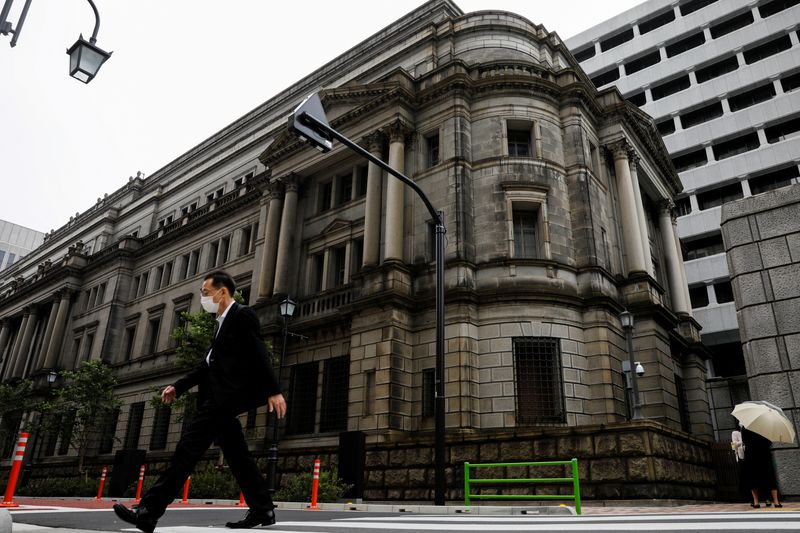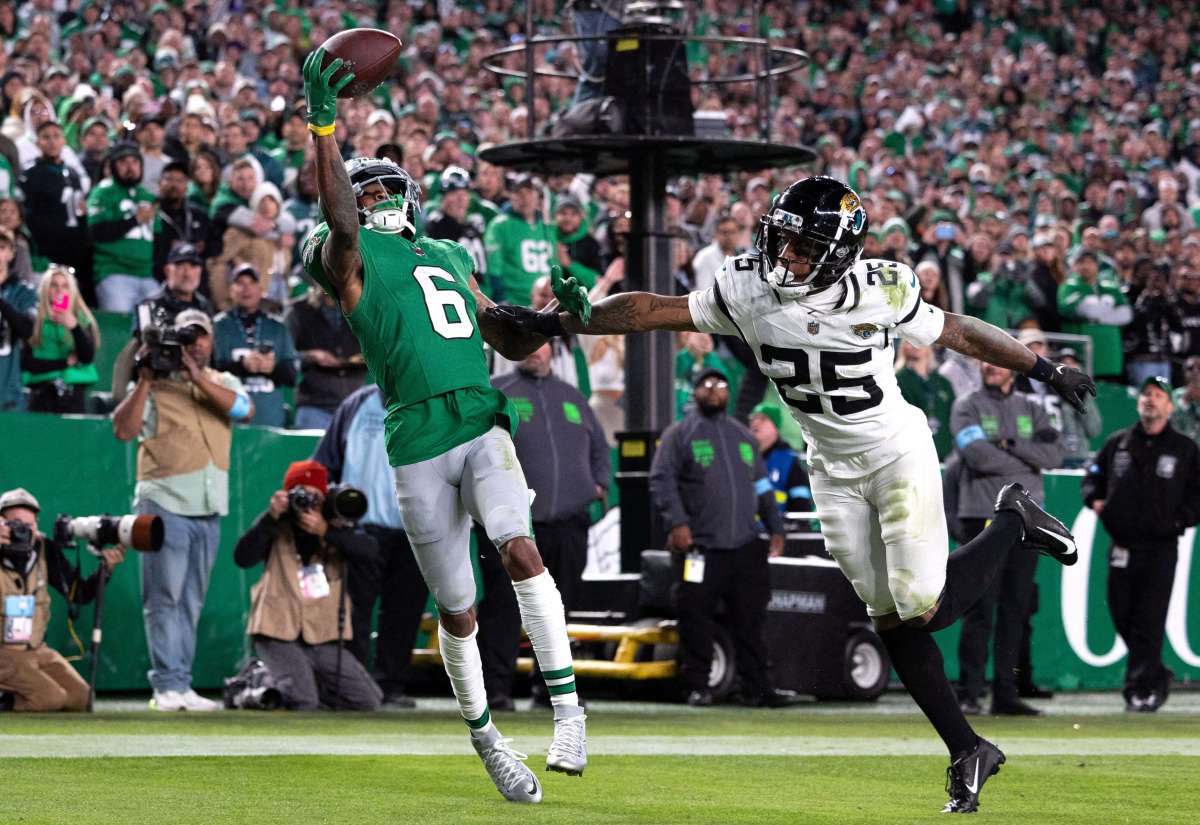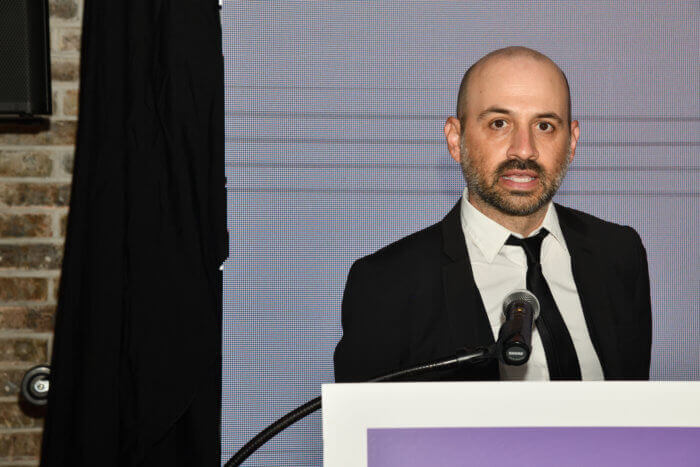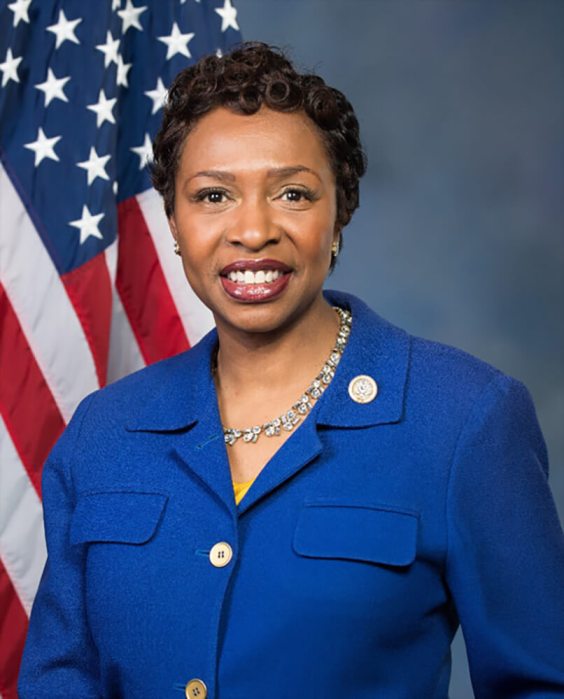TOKYO (Reuters) -The Bank of Japan may see conditions fall in place to begin debating a new strategy for hitting its price target around the end of this year, as the economy shakes off the blues from the COVID-19 pandemic, its board member Asahi Noguchi told Reuters.
Even so, the central bank can hold off on expanding stimulus unless a shock event derails Japan’s economic recovery, Noguchi, known as a vocal advocate of aggressive monetary easing, said in his first interview since joining the board in April.
“Once vaccinations proceed and the economy normalises, we’ll see pent-up demand emerge quite a bit as households tap savings accumulated during lock-down measures,” Noguchi said.
“There’s a lot of uncertainty due to the new COVID-19 variant. But if all goes smoothly, we may be able to begin debate (on firing up inflation) at the end of this year through next year.”
The remarks are the first from a policymaker specifying the timing at which the BOJ could shift its focus away from dealing with the pandemic’s immediate blow, and back to the longer-term issue of how to address low inflation.
By keeping interest rates low and flooding markets with cash via asset purchases, the BOJ hopes to prod firms and households into spending more. A pick-up in consumption would allow firms to raise prices and wages, thereby helping prop up inflation.
Years of ultra-loose policy, however, have failed to push up inflation as weak consumption keeps firms from charging more for their goods and services.
Noguchi said cutting interest rates and ramping up asset buying would be among options if the BOJ were to ease further.
Under a policy dubbed yield curve control (YCC), the BOJ guides short-term interest rates at -0.1% and 10-year bond yields around 0%. It also buys government bonds and risky assets to achieve its elusive 2% inflation target.
The central bank could also target longer-dated yields than the current 10 years to further lower borrowing costs, Noguchi added.
When asked whether the BOJ could target 15- to 20-year bond yields in easing policy, he said: “I suppose so.”
Noguchi is the first BOJ board member to float the idea of targeting longer-dated bond yields. The idea would run counter to the BOJ’s current view that excessive falls in super-long yields are undesirable as it hurts margins for pension funds.
“There could be various side-effects and costs that emerge from these steps,” he said. “It would be a call we must make on whether conditions warrant taking easing steps, despite the side-effects.”
BASIC TREND KEY
Noguchi joined a board that was split between members wary of the rising cost of prolonged easing, and fans of massive stimulus.
Some investors saw his appointment as tipping the board’s balance in favour of bolder steps to fire up inflation.
Noguchi said the BOJ should ease “without hesitation” if a shock event pushes the economy into a severe downturn. But he added that low inflation alone should not be the trigger for action.
“What’s important is to look at the basic trend of the economy” through moves in wage, jobs and the output gap, he said. “Unless this trend is broken, it’s important to patiently sustain the current very powerful monetary easing.”
Noguchi also defied dominant market views that he belonged to a camp of academics believing that with a wall of money, central banks can change public perceptions that deflation will persist.
Aside from capping borrowing costs, the BOJ commits to increasing money printing until inflation “stably exceeds” 2%, in the hope the pledge will help heighten inflation expectations.
“Personally, I don’t think this commitment has a strong effect in changing inflation expectations,” given Japan’s entrenched deflationary mindset, Noguchi said.
Rather, the pledge was more effective in reducing market uncertainty over the future path of monetary policy, he said.
“It may take some time, but a more realistic policy would be to maintain the current powerful monetary easing to steadily improve the output gap, so that demand increases enough to prop up wages and inflation.”
(Reporting by Leika Kihara and Takahiko Wada; Editing by Raju Gopalakrishnan)






















